Size of Recessed Lighting Throughout the House
sthomas6978
12 years ago
Featured Answer
Sort by:Oldest
Comments (23)
athensmomof3
12 years agoRelated Professionals
Oak Hill Architects & Building Designers · South Pasadena Architects & Building Designers · Wauconda Architects & Building Designers · Berkley Home Builders · Fruit Heights Home Builders · Wilmington Home Builders · Knik-Fairview Home Builders · Goodlettsville General Contractors · Galena Park General Contractors · Chicago Ridge General Contractors · Foothill Ranch General Contractors · Hillsborough General Contractors · Newington General Contractors · The Hammocks General Contractors · Waipahu General Contractorseoz3106
12 years agomojomom
12 years agoUitvlugt
12 years agoathensmomof3
12 years agoworthy
12 years agodavid_cary
12 years agorenovator8
12 years agodavid_cary
12 years agorenovator8
12 years agoEpiarch Designs
12 years agowirenut37
12 years agorenovator8
12 years agostinkytiger
12 years agorenovator8
12 years agodavid_cary
12 years agorenovator8
12 years agowirenut37
12 years agodavid_cary
12 years agorenovator8
12 years agorenovator8
12 years agorenovator8
12 years ago
Related Stories
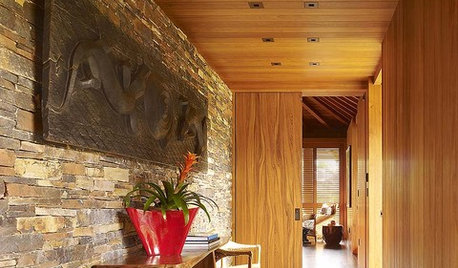
LIGHTINGRecessed Lighting 101
Looking to brighten a drab, dim space? Recessed lighting may be your answer. Here's what you need to know
Full Story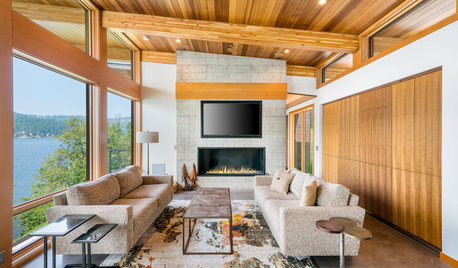
LIGHTINGThe Pros and Cons of Recessed Lighting
A lighting designer shares three things recessed lights do well and three things to watch out for
Full Story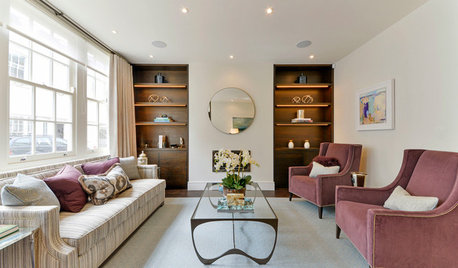
WORKING WITH PROSWhat to Know About Installing Recessed Lighting
Find out what can-light installation costs, how long it takes and what types of lights would work for your home
Full Story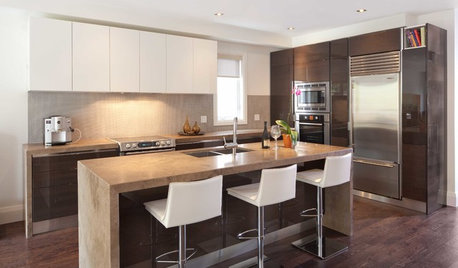
LIGHTINGGet Your Home's Recessed Lighting Right
Learn the formula for how much light a room needs plus how to space downlights, use dimmers and more
Full Story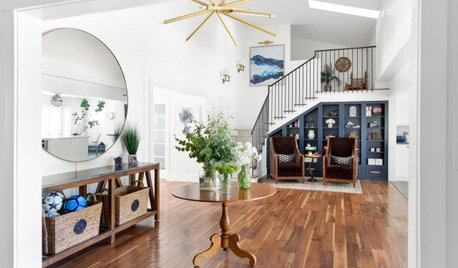
HOUZZ TOURSNew Layout and More Light for a Family’s 1940s Ranch House
A Los Angeles designer reconfigures a midcentury home and refreshes its decor
Full Story
LIGHTINGHouse Hunting? Look Carefully at the Light
Consider windows, skylights and the sun in any potential home, lest you end up facing down the dark
Full Story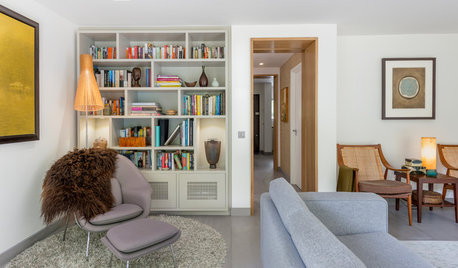
HOMES AROUND THE WORLDHouzz Tour: A 1960s Modernist House Sees the Light
Updates to a midcentury property in London celebrate the home’s modernist heritage
Full Story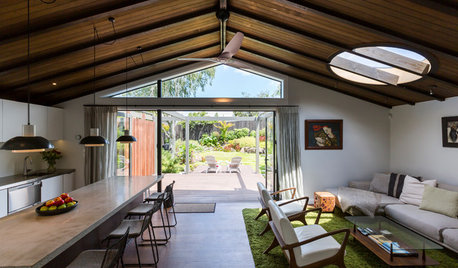
HOMES AROUND THE WORLDHouzz Tour: Historic House Updated for More Efficiency and Light
A New Zealand family’s compact Auckland home is stripped back, reorganized and expanded
Full Story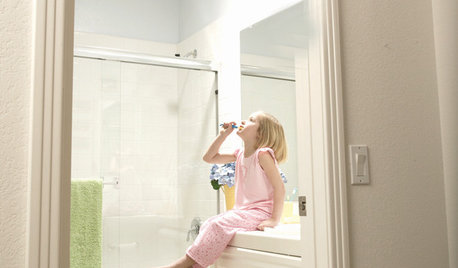
HEALTHY HOMEGet Your Light Right for a Healthy House
Homes that are too bright at night and too dark during the day are ruining our health. Here's what you can do
Full Story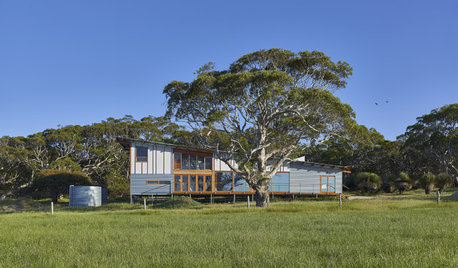
HOMES AROUND THE WORLDHouzz Tour: Coastal Vacation House Sits Lightly on the Land
This low-maintenance home nestled in the Australian bush is designed for flexible, informal and sustainable living
Full Story





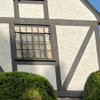




renovator8